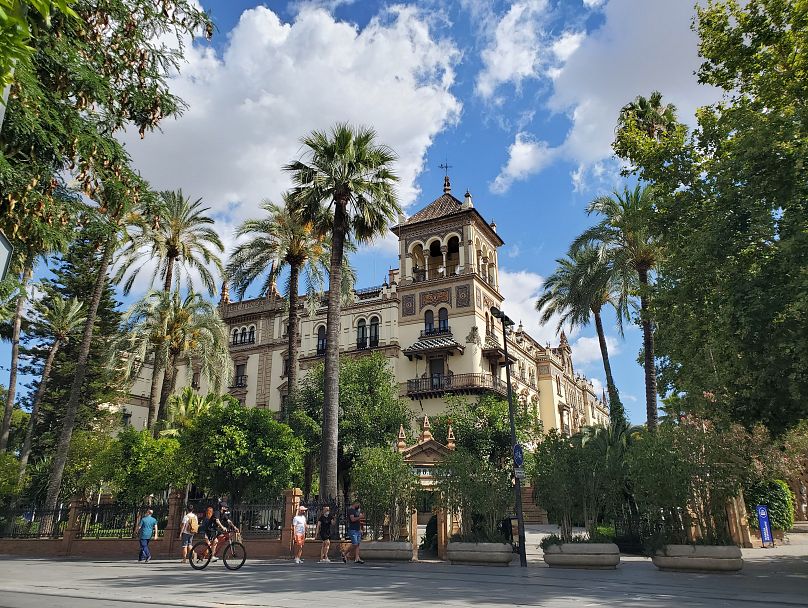A new study has revealed which destinations are most sustainable, as well as where eco-conscious travellers head to.
Euromonitor International’s latest annual study - the Sustainable Travel Index 2023 - has revealed that European destinations are some of the most sustainable in the world.
It also highlights that a high proportion of travellers are prepared to pay significantly more for their holiday if it features sustainable elements.
So which destinations are trying to reduce their environmental impact and just how much will holidaymakers pay to reduce their carbon footprint?
Where in Europe is most sustainable for travellers?
According to the report, the most sustainable city in the world is Melbourne, Australia.
The country’s second largest city has retained its leading position from last year, in part thanks to an ambitious goal of reaching net zero emissions by 2040. The target has led to a wave of green initiatives throughout the metropolis such as greening streets, retro-fitting buildings and hosting carbon neutral events.
Spain also performed strongly, with two cities - Madrid and Seville - taking the second and third spots. Both locations have improved on last year’s positions, likely helped by the EU’s Net Zero Cities project, which aims to assist urban locations to reduce emissions by 55 per cent by 2030 and reach climate neutrality by 2050.
When it comes to national performance, Europe takes centre stage, with the top 17 countries hailing from the continent. Sweden, Finland and Austria fill the top three spots, while Estonia (in fifth) is the biggest climber, moving up five places since last year.
Portugal also performed well, gaining six spots between 2017 and 2022. Average spend per domestic trip to the country has increased and tourism now owns a greater share of the country’s GDP.
A surprise entry to the list is Uruguay, which has made the top 20 for the first time, moving up 15 places since 2021. Its South American counterparts Guatemala and Mexico also made improvements, increasing their positions since 2017.
Travellers are willing to pay more for eco-friendly trips
The shift in traveller mindset towards the environmentally-conscious has never been more prevalent.
The In the Voice of the Consumer: Lifestyles Survey, 2023 edition, reports that 79 per cent of travellers are prepared to pay at least 10 per cent more for sustainable travel features, despite the cost of living crisis. Such features include nature and outdoor activities, volunteer opportunities, immersion in local arts and culture and choosing car or train travel over flying.
Of those willing to spend more on sustainable features, 41 per cent say they would pay over 30 per cent extra for adventure and ecotourism activities.
How were the sustainable destinations ranked?
Caroline Bremner, Head of Travel at Euromonitor International, explains how each destination is evaluated to determine its ranking.
“Our Sustainable Travel Index uses 56 indicators across seven pillars - Environmental, Social, Economic, Risk, Demand, Transport and Lodgings - determining the comparative performance of sustainable travel and tourism for 99 countries through scores and weightings to produce an overall ranking.
“There are three main types of indicators. The health of a destination relating to happiness, equality and social justice, then the specific impacts of tourism on the local environment such as hotel energy use, followed by the general state of tourism such as quality of infrastructure or dependency on international demand.
“Looking to the future, the Sustainable Travel Index highlights green technology and digitalising the traveller journey as two sure-fire ways to help achieve the road to net zero. Partnering with new start-ups in the green tech space could help pave the way for a greener and cleaner travel future.”




